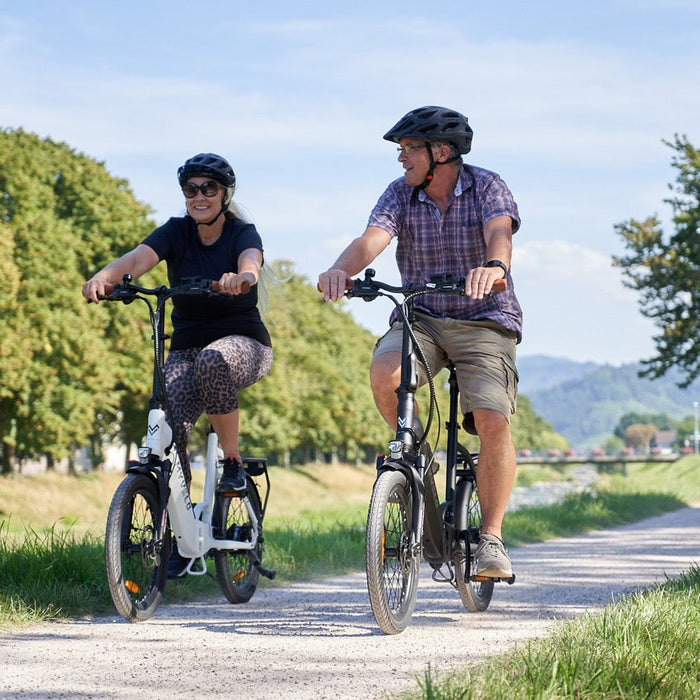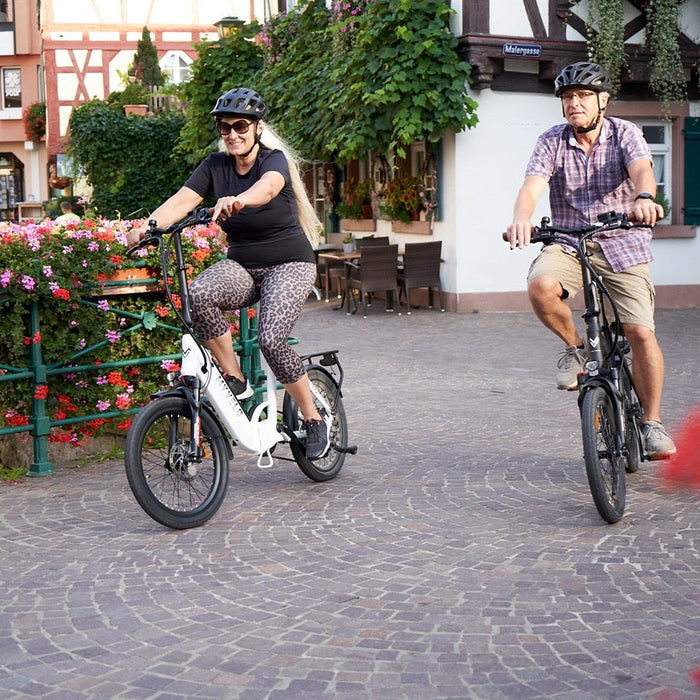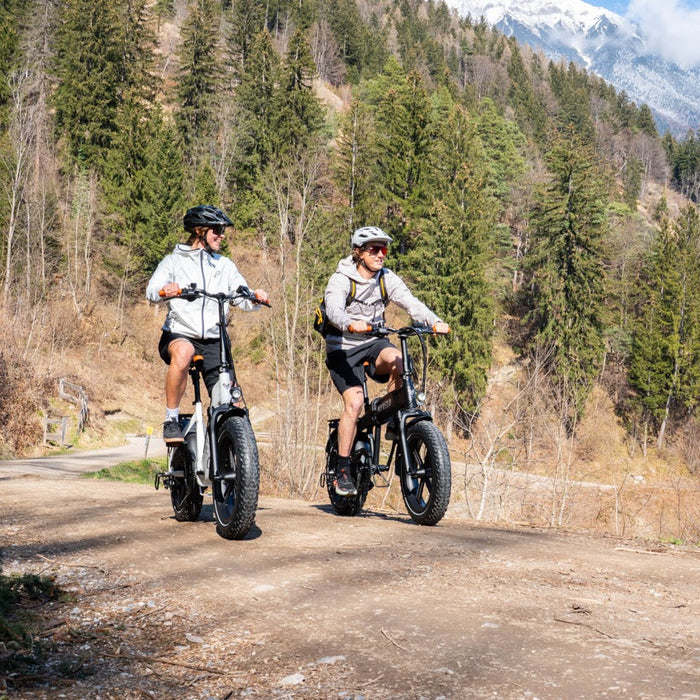What is a "Pinion gearbox"?
A Pinion gearbox is an innovative bicycle transmission system that offers an alternative to traditional gear shifting. Developed by the German company Pinion GmbH, it offers internal gear shifting in the form of a gear box integrated into the bottom bracket area of the bicycle. This system allows the rider to change gears continuously and with minimal resistance to suit different terrain conditions and riding speeds.
Structure and function of the Pinion gearbox
The gearbox: The Pinion gearbox consists of several intermeshing gears that are housed in the bottom bracket area of the bike . These gears are arranged in a compact, enclosed unit that is protected from dirt and the elements.
Shifting: The Pinion gearbox is operated using a shift lever on the handlebars. The connection between the shift lever and the gearbox is made by cables or electronic controls , depending on the model. By operating the shift lever, the gears in the gearbox are moved to change the gear ratio. One advantage of the Pinion gearbox is that shifting is also possible when stationary .
Advantages of the Pinion gearbox
-
Wide gear range: Pinion gearboxes often offer a wide gear range that is suitable for different terrain and driving situations.
-
Continuously variable gear shifting: Unlike conventional gear shifting, the Pinion gearbox does not have fixed gears, but rather a continuously variable gear ratio adjustment. This allows for finer adjustment to individual needs.
-
Low maintenance: The closed housing protects the gear system from dirt and reduces maintenance requirements compared to conventional derailleur or hub gears.
-
Reliability: The gearbox is installed in a protected area, which makes it more resistant to external influences.
-
Less stress on the chain: The more even load distribution in the transmission means less stress is placed on the chain, which can lead to a longer service life.
Disadvantages of the Pinion gearbox
-
Weight: The gear system adds additional weight to the bottom bracket area of the bike, which can affect the overall weight.
-
Costs: Pinion gears are usually more expensive than conventional gears.
-
Limited choice: The range of bikes with integrated Pinion gears may be more limited than with traditional gear systems.
-
Training period: Some drivers may need time to get used to continuously variable shifting.
Alternatives to Pinion gearboxes
There are various alternatives to the Pinion gearbox, depending on the type of bike, intended use and personal preferences.
1. Derailleur gears: The traditional derailleur gear is the most common gearing variant. It consists of chainrings at the front and a sprocket set at the rear, which are switched to different gears by changing the chain. Derailleur gears are light, efficient and offer a wide range of gear combinations. They are popular due to their high precision and reliability, but can require more maintenance and be more susceptible to dirt.
2. Hub gears: Hub gears are integrated into the rear wheel hub and offer a limited number of gears. They are particularly low-maintenance and durable. Hub gears are a good choice for everyday or city use. There are special models for e-bikes that can handle higher torques and power.
3. E-bike-specific gears: E-bikes often use special gears designed for the higher torques and speeds of electric drives. These can be derailleur gears, hub gears, or even automated electronic gears that automatically adjust shifting depending on speed and cadence.
4. Automated electronic shifting: These shifting systems, such as Shimano Di2 or SRAM eTap, use electronic controls to facilitate shifting. They provide precise, reliable shifting with minimal maintenance. Automatic shifting modes can optimize shifting based on riding speed and cadence.
5. Road bike specific shifting: For road bikes, derailleur gears are still a common choice. They offer light weight and quick shifting response, which is important in racing. Some road bikes also use special electronic shifting to enable precise and smooth shifting.
6. Belt drive: Belt drives are an alternative to chains and are often used in combination with hub gears. They are cleaner, quieter and require less maintenance than chains, but can offer fewer gears and require special frame designs.





